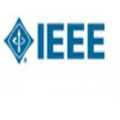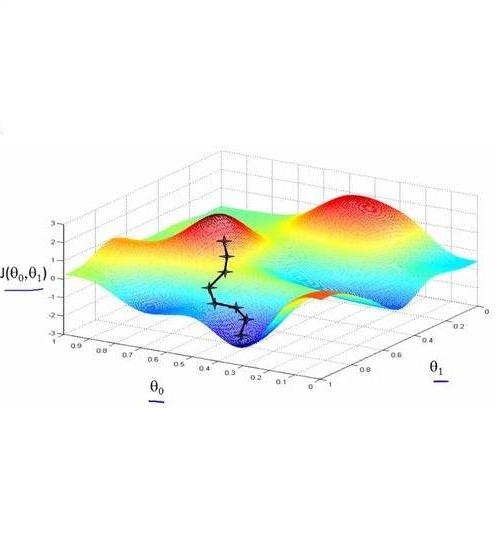Understanding the geometry of collision-free configuration space (C-free) in the presence of task-space obstacles is an essential ingredient for collision-free motion planning. While it is possible to check for collisions at a point using standard algorithms, to date no practical method exists for computing C-free regions with rigorous certificates due to the complexity of mapping task-space obstacles through the kinematics. In this work, we present the first to our knowledge rigorous method for approximately decomposing a rational parametrization of C-free into certified polyhedral regions. Our method, called C-IRIS (C-space Iterative Regional Inflation by Semidefinite programming), generates large, convex polytopes in a rational parameterization of the configuration space which are rigorously certified to be collision-free. Such regions have been shown to be useful for both optimization-based and randomized motion planning. Based on convex optimization, our method works in arbitrary dimensions, only makes assumptions about the convexity of the obstacles in the task space, and is fast enough to scale to realistic problems in manipulation. We demonstrate our algorithm's ability to fill a non-trivial amount of collision-free C-space in several 2-DOF examples where the C-space can be visualized, as well as the scalability of our algorithm on a 7-DOF KUKA iiwa, a 6-DOF UR3e and 12-DOF bimanual manipulators. An implementation of our algorithm is open-sourced in Drake. We furthermore provide examples of our algorithm in interactive Python notebooks.
翻译:在存在任务空间障碍的情况下,了解无碰撞配置空间(无C)的几何学度是无碰撞运动规划的一个基本要素。虽然在使用标准算法的某个点上可以检查碰撞情况,但迄今为止,由于通过运动学绘图任务空间障碍的复杂性,没有使用严格证书计算无C区域的实际方法。在这项工作中,我们提出了我们的知识中第一个严格的方法,将无C的合理平衡大致分解成经认证的多面区域。我们称为C-IRIS(通过Semdefinite编程的C空间超常区域通缩)的方法,在配置空间的合理参数化中产生了巨大的、共通的多面体,严格证明没有碰撞。这些区域已证明对基于优化的和随机的动作规划都有用。基于Convex优化,我们的方法在任意的层面上只能对任务空间障碍的共性作出假设,并且已经足够大到实际的操作问题。我们算法中的C-FA-L-R-A的可变法性逻辑能力,作为我们C-DO的可变性、C-DO的可变的可变性、可变的C-DO的可变性、可变的可变的可变的可变性例子。我们C-DO-可变的可变性、C-DO-可变性、可变的可变性、可变性、可变性、可变的可变的可变性、可变的可变性、可变的可变性、可变的可变的可变的可变性、可变性、可变性、可变性、可变性、可变性、可变性、可变性、可变性、可变性、可变性、可变性、可变性、可变性、可变性、可变性、可变性、可变性、可变性、可变性、可变性、可变性、可变性、可变性、可变性、可变性、可变性、可变性、可变性、可变性、可变性、可变性、可变性、可变性、可变性、可变性、可变性、可变性、可变性、可变性、可变性、可变性、可变性、可





